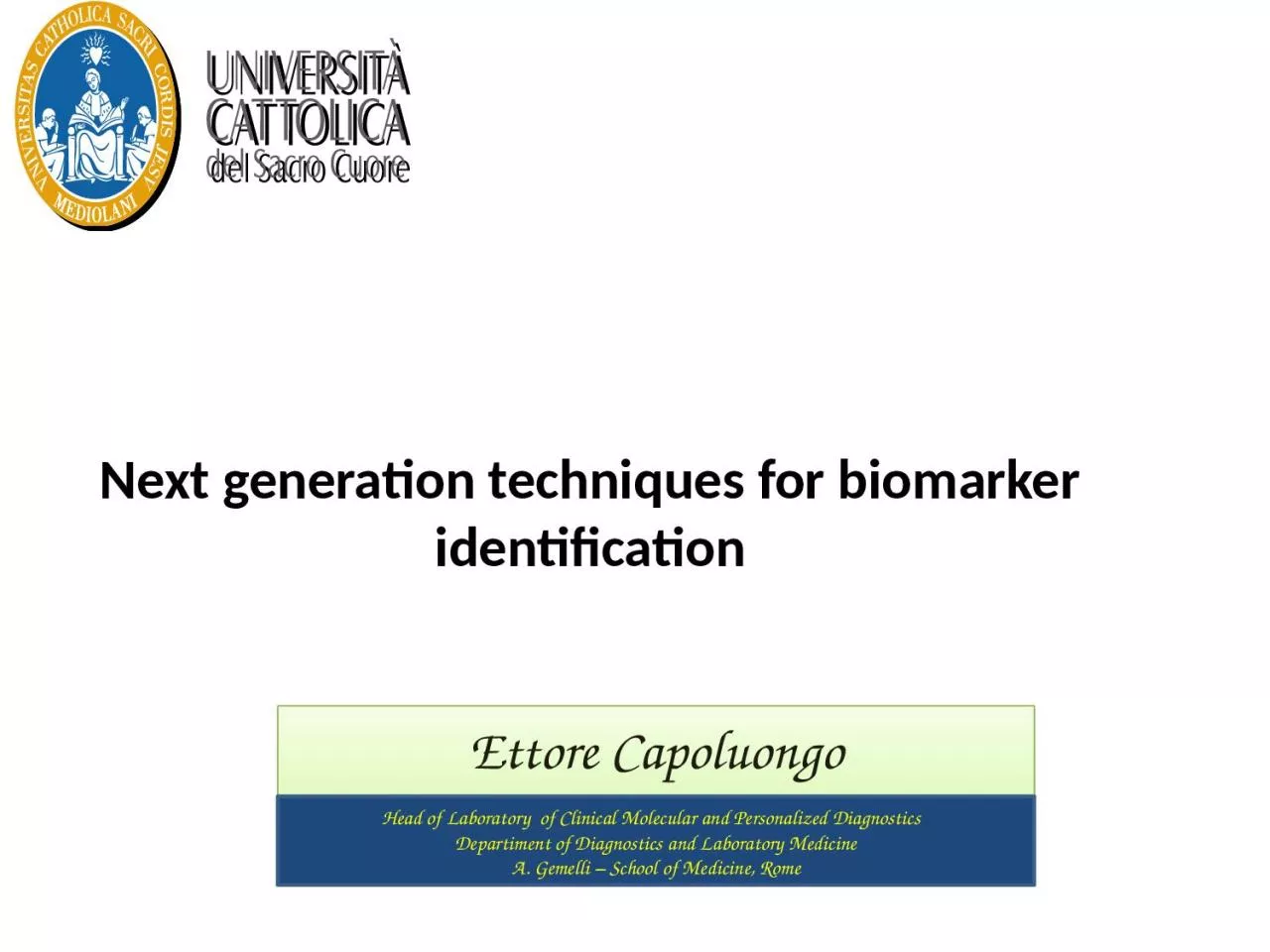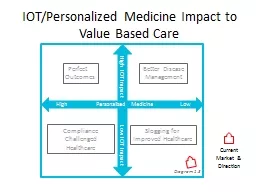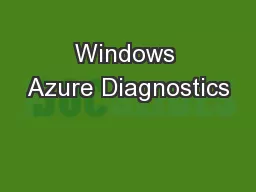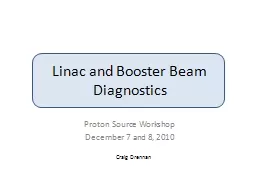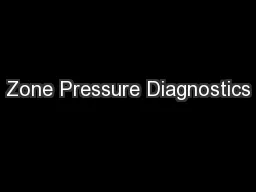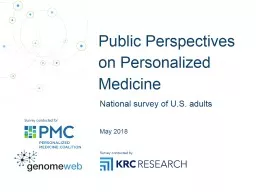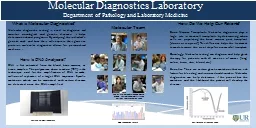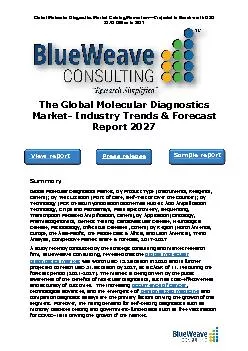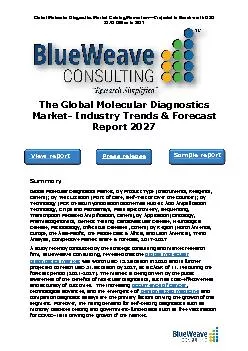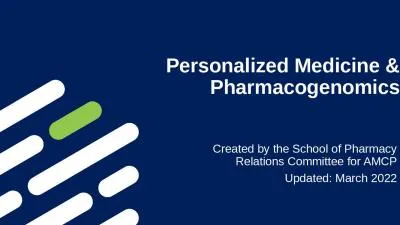PPT-Ettore Capoluongo Head of Laboratory of Clinical Molecular and Personalized Diagnostics
Author : AngelEyes | Published Date : 2022-07-27
Departiment of Diagnostics and Laboratory Medicine A Gemelli School of Medicine Rome Next generation techniques for biomarker identification I ssues regarding
Presentation Embed Code
Download Presentation
Download Presentation The PPT/PDF document "Ettore Capoluongo Head of Laboratory of..." is the property of its rightful owner. Permission is granted to download and print the materials on this website for personal, non-commercial use only, and to display it on your personal computer provided you do not modify the materials and that you retain all copyright notices contained in the materials. By downloading content from our website, you accept the terms of this agreement.
Ettore Capoluongo Head of Laboratory of Clinical Molecular and Personalized Diagnostics: Transcript
Download Rules Of Document
"Ettore Capoluongo Head of Laboratory of Clinical Molecular and Personalized Diagnostics"The content belongs to its owner. You may download and print it for personal use, without modification, and keep all copyright notices. By downloading, you agree to these terms.
Related Documents

